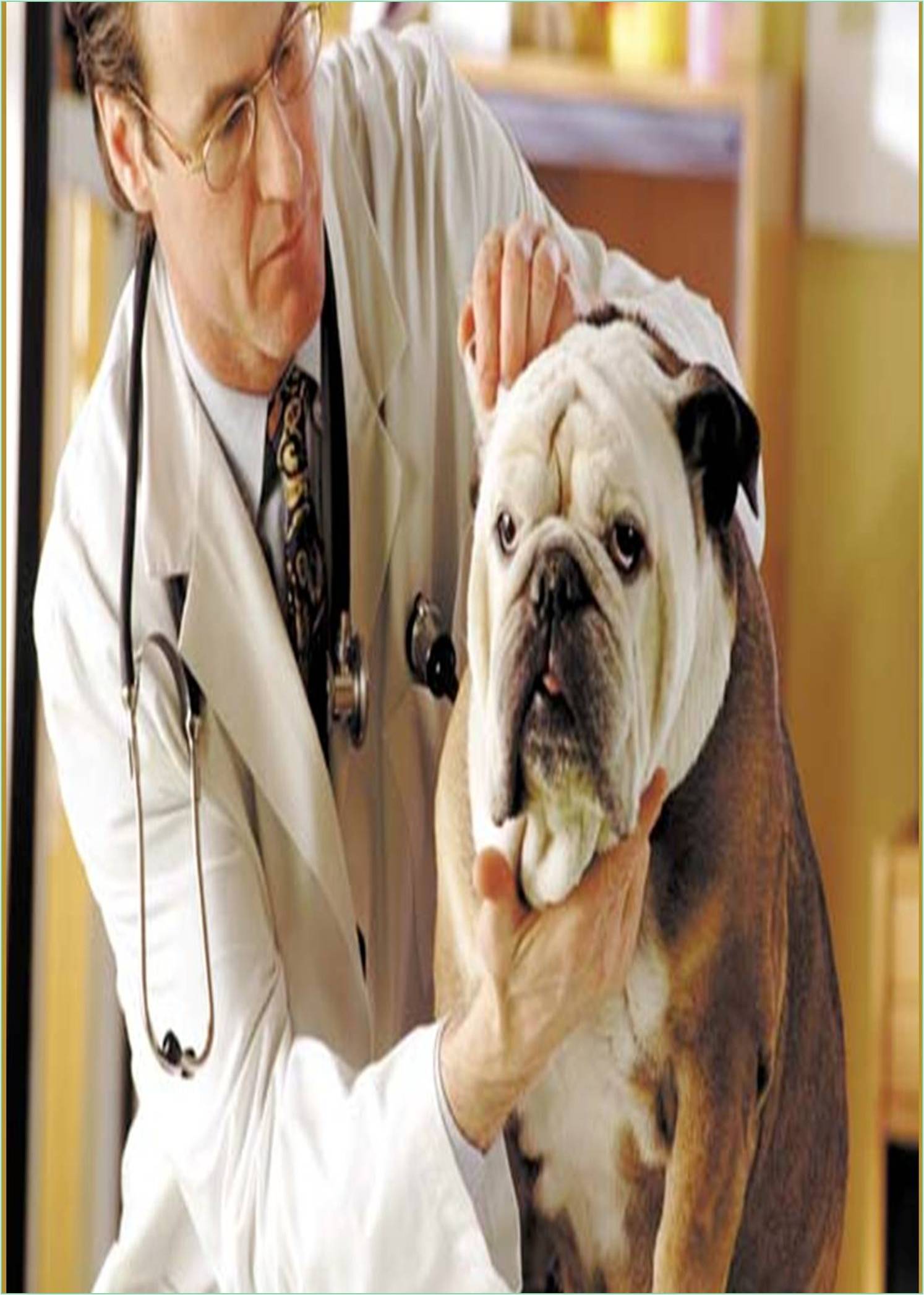



Received: 07-Feb-2022, Manuscript No. GJVMR-22-59203; Editor assigned: 09-Feb-2022, Pre QC No. GJVMR-22-59203 (PQ); Reviewed: 24-Feb-2022, QC No. GJVMR-22-59203; Revised: 04-Mar-2022, Manuscript No. GJVMR-22-59203 (R); Published: 11-Mar-2022, DOI: 10.15651/GJVMR.22.10.003
The control of animal health and food safety has undergone profound changes and is now part of a global, “barn-to-fork” approach. The risks themselves have also evolved, mainly because changing practices, coupled with increasing knowledge and changing consumer needs, have led to a more holistic view of the production chain. In terms of formal controls, targeted control over the final food product has been gradually replaced by control of the production process and an integrated approach to risk throughout the entire production chain. This led to a new allocation of responsibilities between producers (farmers), industrialists and authorities; specifically veterinary services. The area of veterinarian intervention has gradually expanded from livestock production to all levels of the food production chain.
Armed conflict has a significant impact on livestock, animal health, public health and the delivery of Veterinary Services by constraining resources, eroding border controls, disrupting land use, hinder disease surveillance and reduce food quality and safety. Those seeking to enhance animal health capacity in conflict areas should focus on building resilience of livestock systems and animal health infrastructure to minimize devastating impacts. Disruption of conflict methods of rebuilding the veterinary service system need to be tailored to the specific needs of each country. These can be identified through participatory assessment, with an emphasis on building lasting relationships between all stakeholders. Although veterinary professionals prefer to focus primarily on improving animal health on individual farms or targeting specific diseases, attention must be focused on the system as a whole and developing sustainable agricultural improvements will improve national livelihoods. Promoting economic growth can also help reduce the likelihood of future conflict.
Most private veterinary practitioners contribute to public health as part of their daily activities. Both large and small animal practitioners become skilled diagnosticians for acute and chronic animal diseases that can affect owners and their families and the surrounding community. Specific examples of public health practices include performing routine physicals, maintaining immunization schedules, implementing parasite control programs, and advising on the risk of exposure to animals. For the immunocompromised, facilitate the use of guide and assistance dogs for the disabled, and promote the human benefit- animal bonding for the disabled and elderly, as well as veteran’s warriors and people with other mental disorders. Communities are best served when veterinarians approach public health issues from a “herd health” perspective, applying relevant epidemiological principles. In addition to these direct services, practicing veterinarians report disease events and trends to state public health and regulatory agencies, collaborating with their human health partners. On zoonotic diseases, and advises local health boards and commissions. These relationships would not exist without the strong link between animal health and human health.
There are different types of veterinarians, some are veterinarians who care for animals and often work in independent clinics or in private hospitals. Usually they take care of dogs and cats, but they also take care of other animals, such as rabbits, birds, and ferrets. These veterinarians treat and diagnose animal health problems. Veterinarians also consult pet owners about medical care; and perform important preventive or surgical procedures, such as vaccinations, fractures, or dental care. Veterinarians are available on the healserv.com platform.
Food animal veterans consider farm animals such as cattle, sheep, and pigs, raised for food. These veterinarians often stay on farms and ranches to treat infections and wounds after inspection, and they also administer preventive vaccinations. Food veterinarians also recommend housing, feeding, and general health treatment information for farm managers. Food and food safety review, veterans observe and test livestock products for important animal diseases, serve to inject drugs into animals, promote animal welfare, con- duct research to improve animal health and implement government food safety standards. They describe and facilitate public or animal health programs for the prevention and control of diseases that are transmitted between animals or between animals and humans.
Veterinarians need to be compassionate while on duty when treating animals and interacting with their owners. Compassion and kindness are essential to treat an animal with respect because treating its owner is a sensitive measure. A veterinarian must have good communication skills as he deals with pet owners. Good communication skills and a polite tone of voice bring much-needed satisfaction to treatment. In addition, communication helps them to better guide and advises employees.